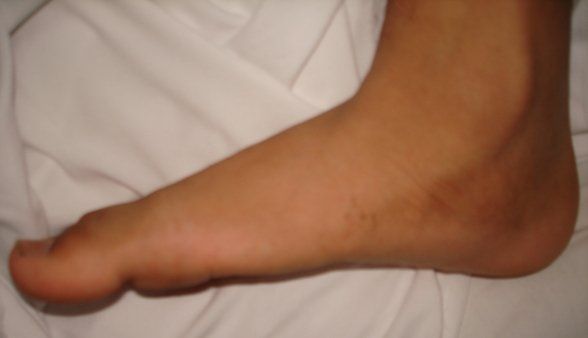Flat feet are hereditary and are caused by a muscle imbalance. Feet with relaxed arches may bring on such problems as hammertoes and bunions; arch, foot, and leg fatigue; calf pain; and an overly tight heel cord (which makes the foot even flatter).
There is an important relationship between the structure of the feet and how our lower legs work. Our feet support our body and help more evenly distribute our weight. Without the arches, the feet are not absorbing shock like they could.

